Horror in anime shows up in a lot of different ways, from ghost stories in school hallways to battles with vampires and demons. Many series adopt the look and language of horror while leaning into other goals like action spectacle, character drama, comedy, or romance. That mix can make for entertaining viewing, even when the frights do not take center stage.
This list collects anime that present themselves with horror trappings yet operate mainly in other lanes. You will find titles adapted from manga and games, plus a few originals, spread across genres and target demographics. Each one uses zombies, yokai, curses, or killers as a hook while focusing more on mystery solving, slice of life energy, supernatural worldbuilding, or fan-favorite character dynamics.
‘Ghost Stories’ (2000–2001)
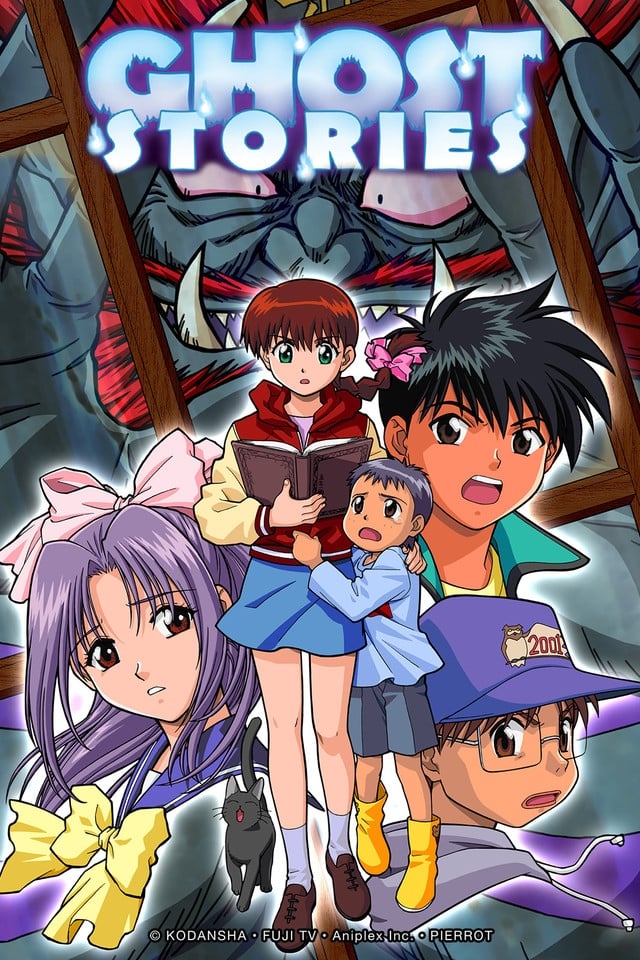 Pierrot
PierrotThis series follows a group of students who inherit a collection of local legends and sealed spirits connected to their town. The format centers on episodic hauntings that introduce a supernatural rule set and a practical method to lay each ghost to rest, usually tied to folklore items or school facilities.
The show’s most widely known English release became famous for a heavily improvised dub that shifted the tone toward comedy. The original version still emphasizes case-by-case mysteries solved by kids with a handbook of rituals, creating a structure that focuses on procedural solutions and school life more than prolonged fear.
‘Rosario + Vampire’ (2008)
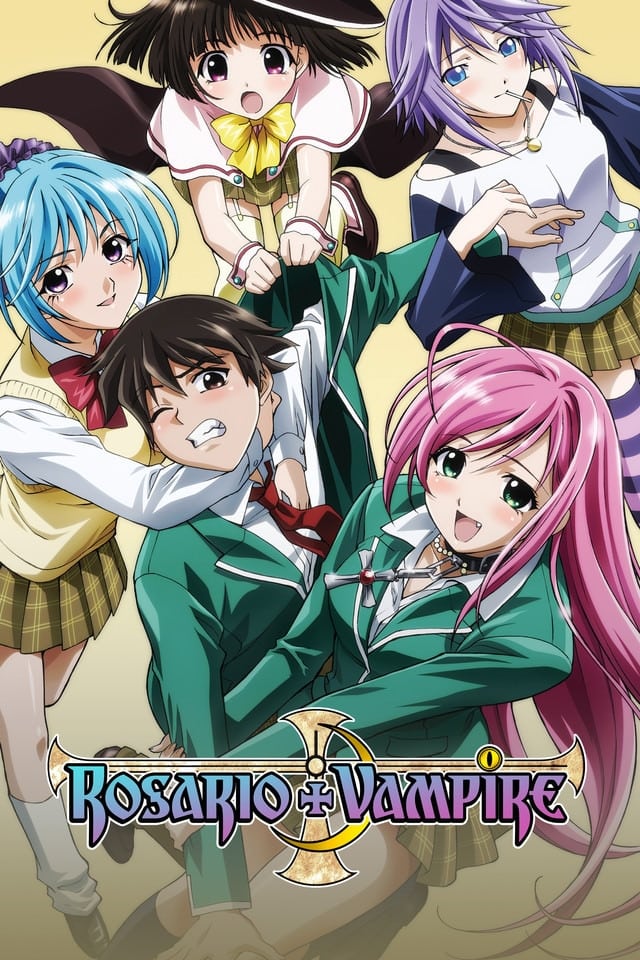 GONZO
GONZOThis adaptation places a human boy in a high school populated by monsters who must hide their identities. The central relationship involves a vampire classmate whose personality changes when her rosary is removed, producing transformations that drive much of the plot.
The storytelling concentrates on romantic comedy setups, club activities, and power-based showdowns that escalate in a familiar shonen pattern. Creature designs and classic monster types appear in nearly every episode, but the rhythm of school antics and harem tropes guides the experience.
‘Highschool of the Dead’ (2010)
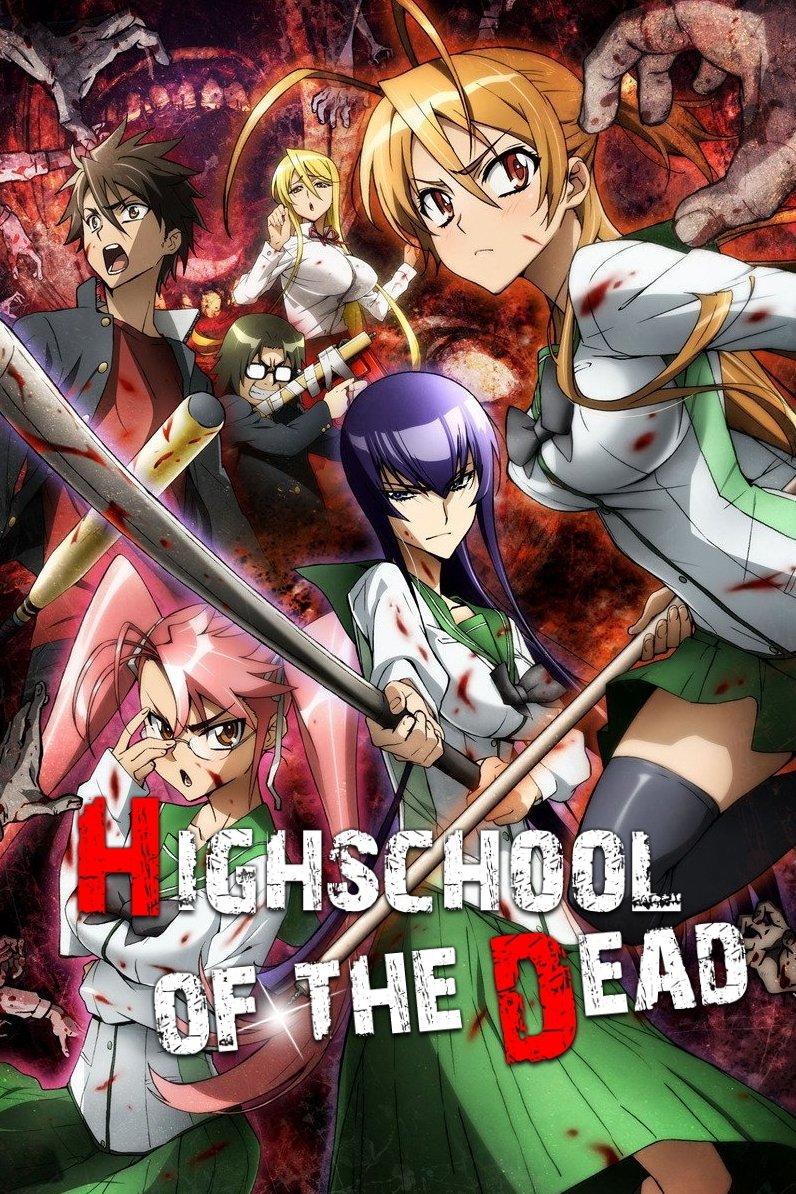 Geneon Universal Entertainment
Geneon Universal EntertainmentSet during a sudden global outbreak, this series tracks a group of students and a school nurse as they navigate a city overrun by the undead. The episodes move between barricade scenarios, supply runs, and group dynamics that highlight survival logistics.
Its presentation is built around action choreography, weapon fetishes, and character fan service, with frequent slow-motion shots and stylized set pieces. The plot maps common survival beats like safehouse selection and resource scarcity, using the zombie backdrop as a stage for adrenaline and spectacle.
‘Danganronpa: The Animation’ (2013)
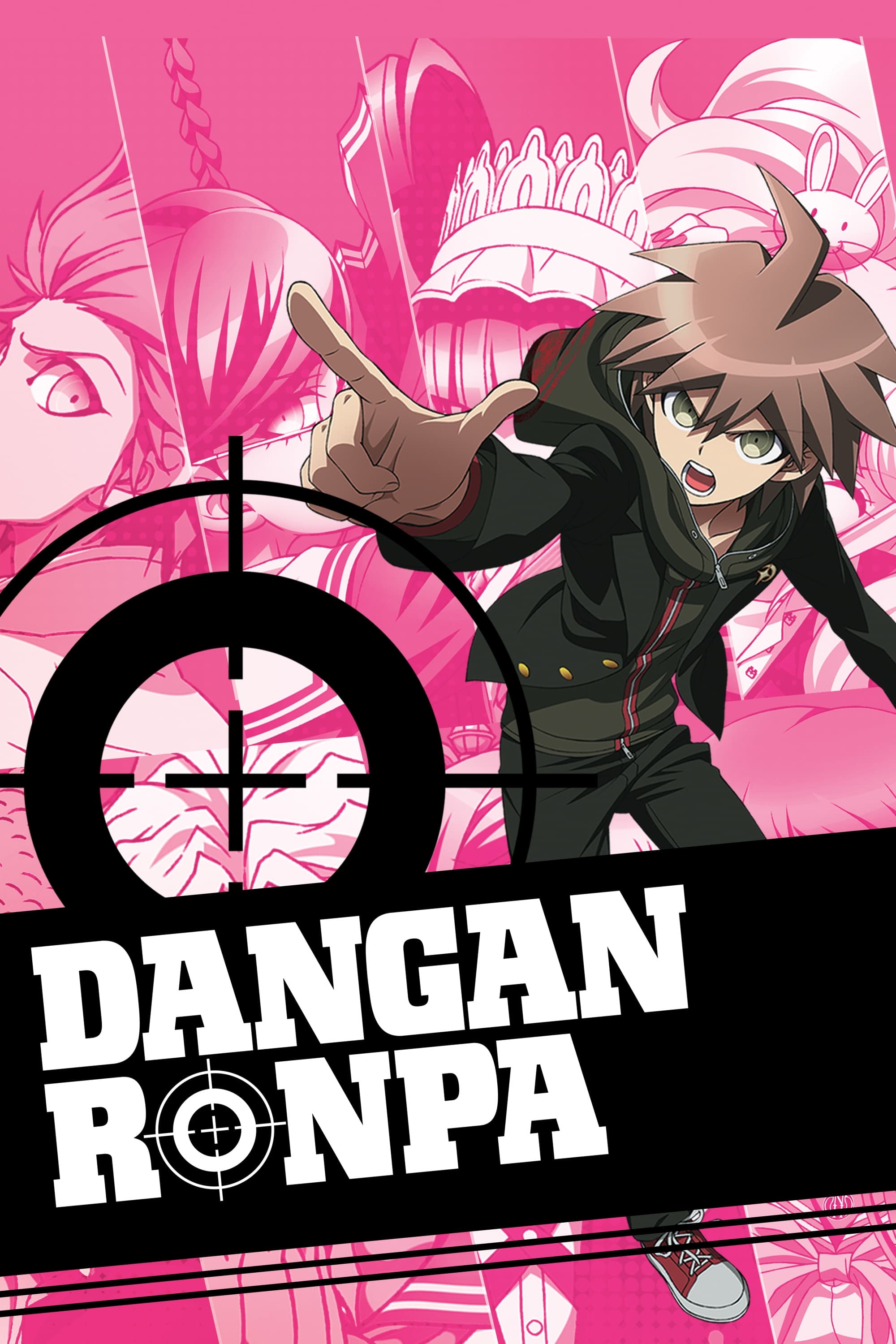 Lerche
LercheBased on a visual novel, this show locks elite students inside a school run by a bear-shaped mascot who forces class trials after each murder. The narrative adopts an investigation loop in which players in the source material gather clues, then debate contradictions.
The anime compresses that loop into brisk case summaries that emphasize puzzle reveals, character catchphrases, and stylized trial visuals. Most episodes prioritize the mechanics of game logic and culprit unmasking, presenting the killings as mystery problems to be solved rather than sustained atmospheric terror.
‘Blood Lad’ (2013)
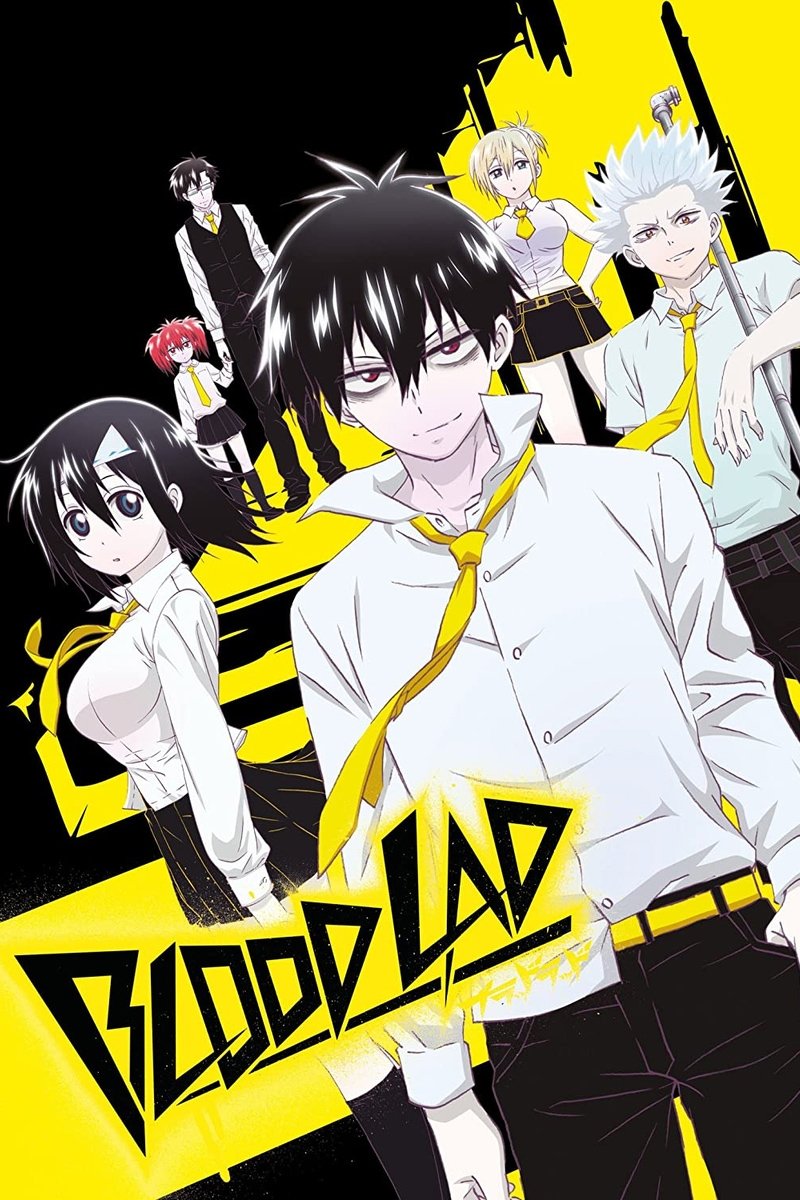 Brain's Base
Brain's BaseThis comedy-driven series stars a vampire otaku who rules a district in the Demon World and becomes fixated on helping a human girl. The premise moves quickly through turf skirmishes, dimensional travel, and monster society rules.
Action gags, pop culture riffs, and lighthearted banter shape the tone from scene to scene. The worldbuilding focuses on demon politics and quirky abilities, using monsters as vehicles for jokes and fights rather than tools for dread.
‘Zombie Land Saga’ (2018–2021)
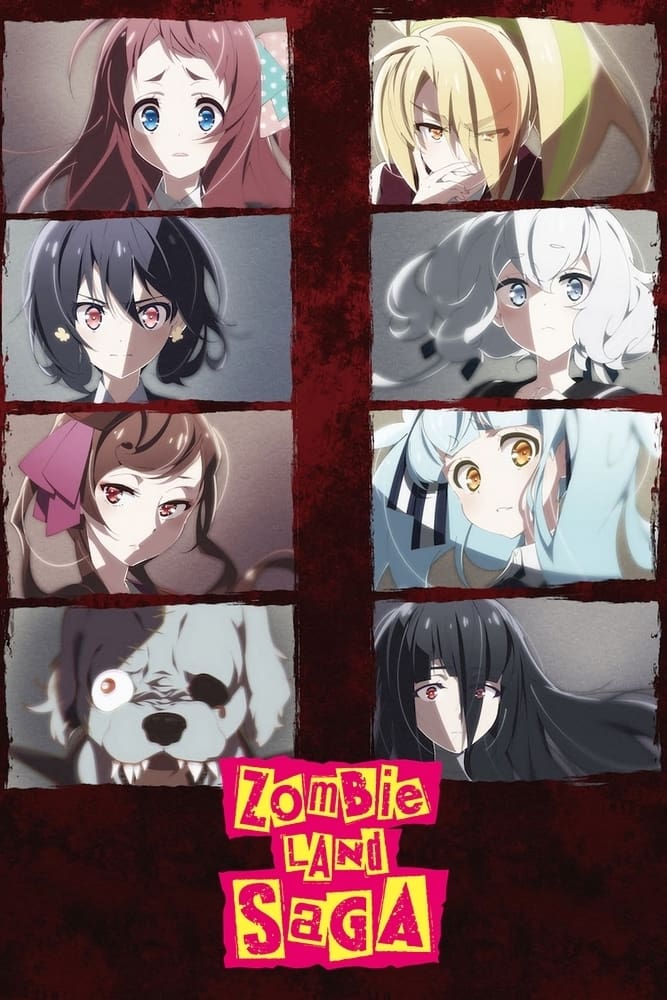 MAPPA
MAPPAA group of girls from different eras are resurrected as zombies to form an idol group and revitalize a prefecture. Episodes revolve around rehearsal, promotion, and performances, with each member’s backstory explored through music.
Makeup routines, choreo practice, and local tourism campaigns dominate the screen time. The undead status adds visual bits like detachable limbs and blue skin, but the framework is an idol show that spotlights regional pride, group cohesion, and stage arcs.
‘Nura: Rise of the Yokai Clan’ (2010–2011)
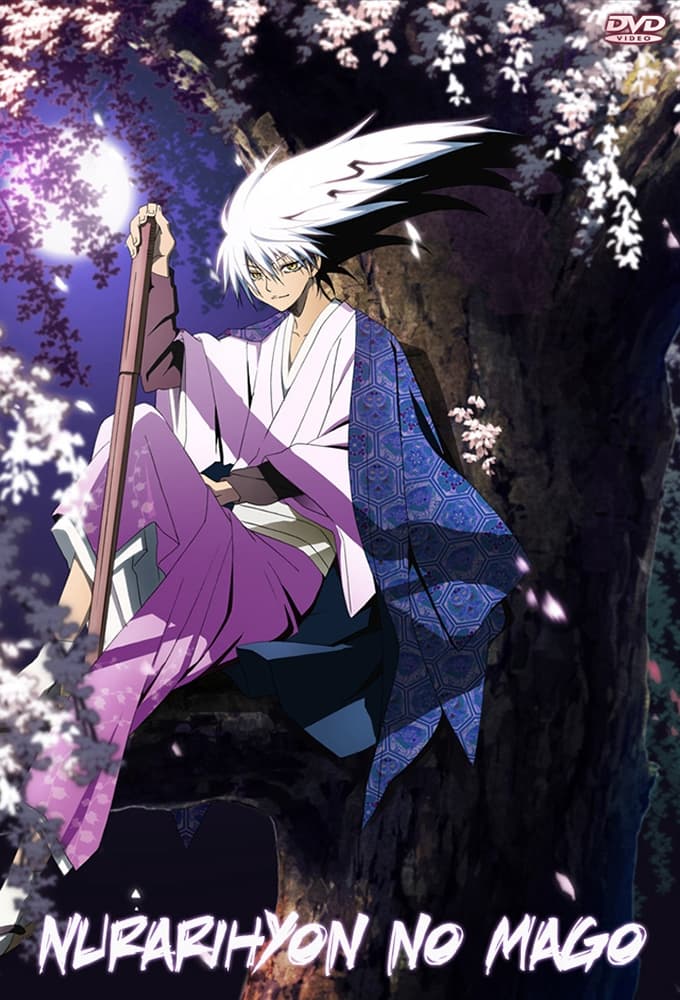 Studio Deen
Studio DeenThe protagonist is a quarter human and three-quarters yokai who struggles with leadership in a vast spirit household. Storylines follow territory disputes, clan politics, and the main character’s transformation into a more assertive heir.
Japanese folklore creatures appear in large numbers with named retainers and clear hierarchy charts. Battles, alliances, and succession stakes sit at the core, framing yokai as faction members in a shonen saga rather than sources of creeping unease.
‘Devils’ Line’ (2018)
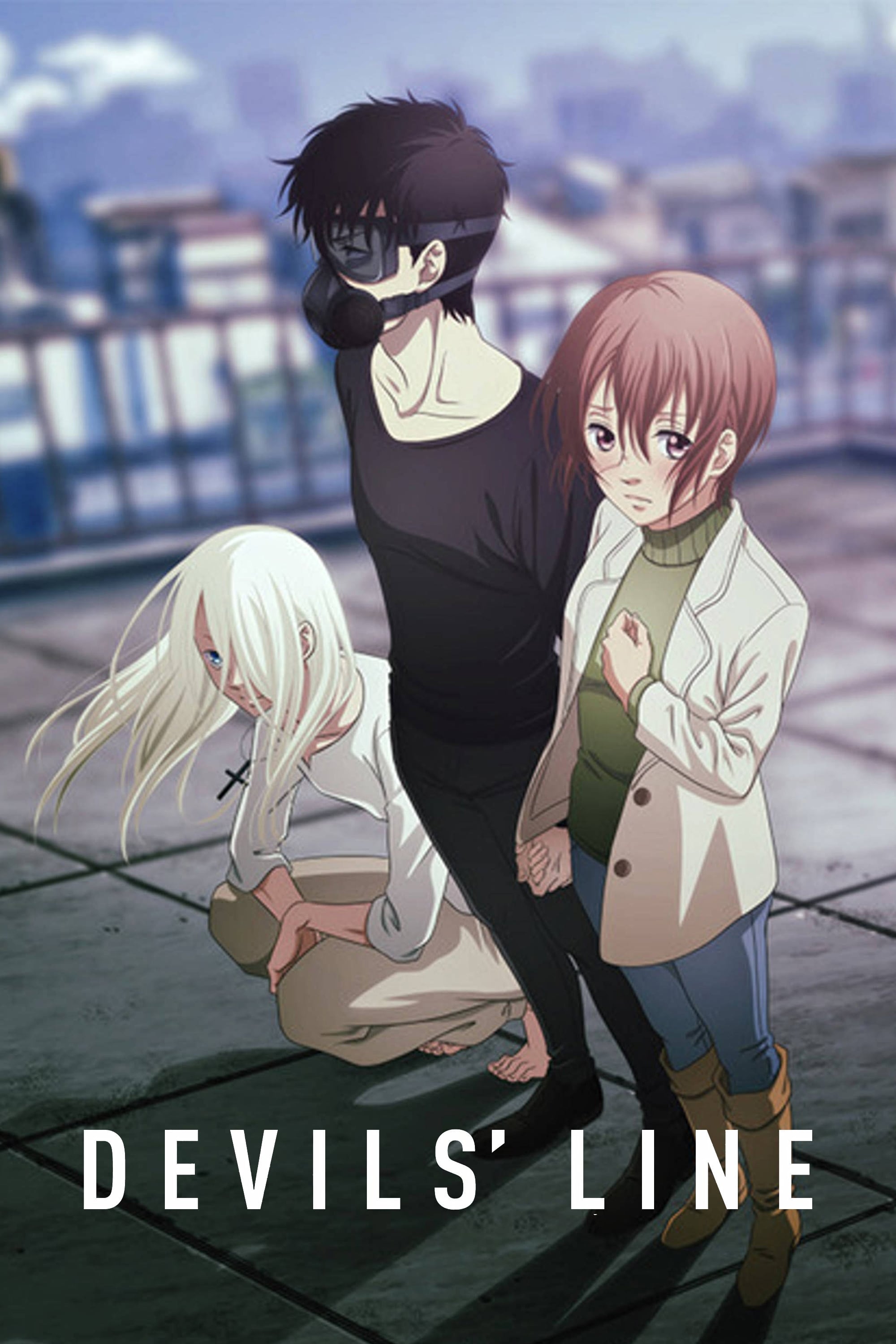 Platinum Vision
Platinum VisionThis urban fantasy features vampires who live among humans under surveillance by specialized police units. The narrative tracks incidents involving bloodlust control, legal oversight, and an investigator’s relationship with a human woman.
Procedural elements like crime scene analysis and behavior monitoring share space with romantic developments. The focus on social integration, ethics, and regulation sets the mood closer to crime drama and romance than to relentless fear.
‘Strike the Blood’ (2013–2020)
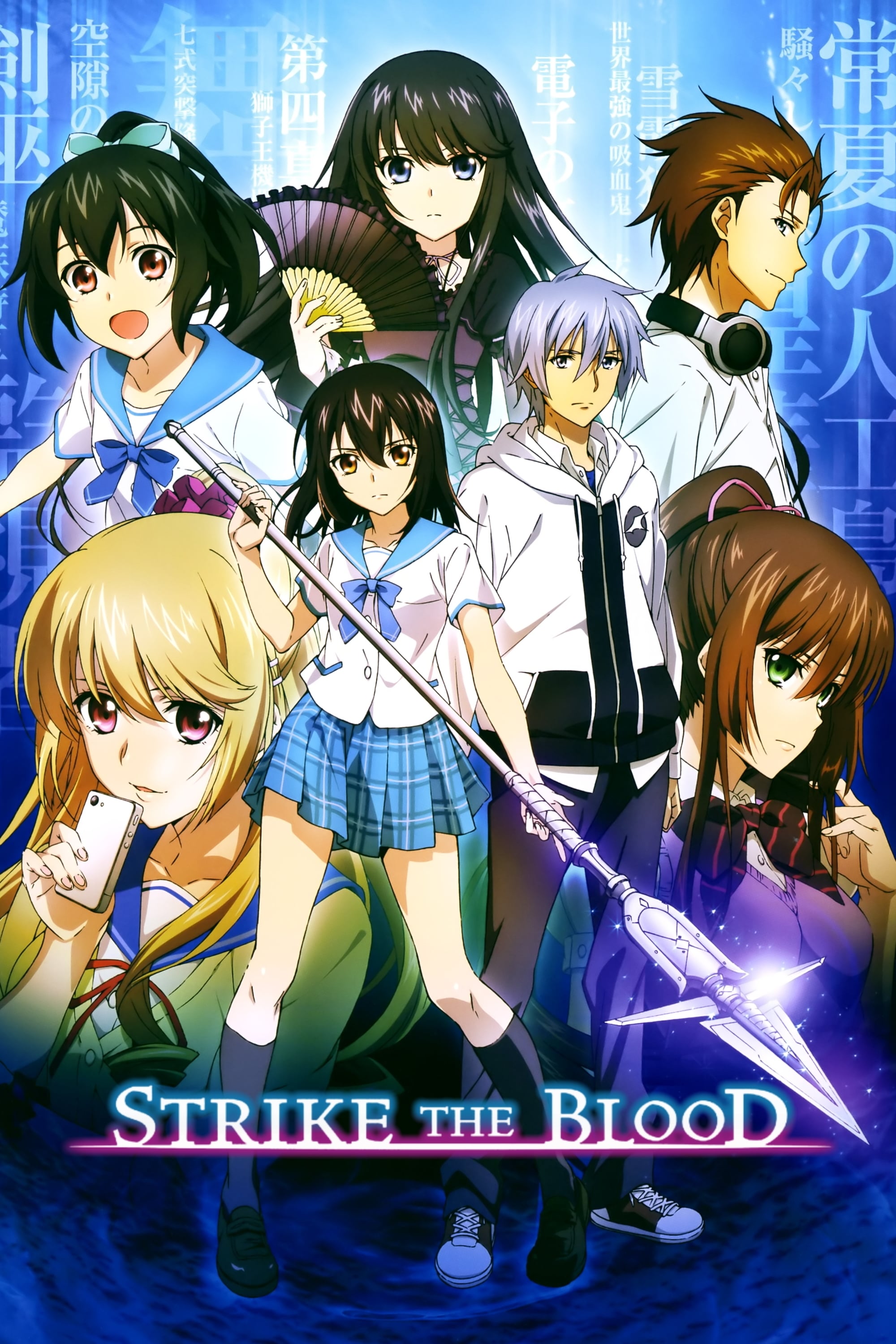 Warner Bros. Japan
Warner Bros. JapanSet on a man-made island that hosts supernatural research, this series pairs a powerful vampire student with a sword shaman observer. Plot arcs unfold in multi-episode cases featuring magical organizations, relic thefts, and political intrigue.
Episodes emphasize ability showcases, alliance shifts, and tournament-style confrontations. The island’s security systems, academy life, and rotating case files frame a power-scaling adventure that uses vampiric traits as battle mechanics.
‘Tokko’ (2006)
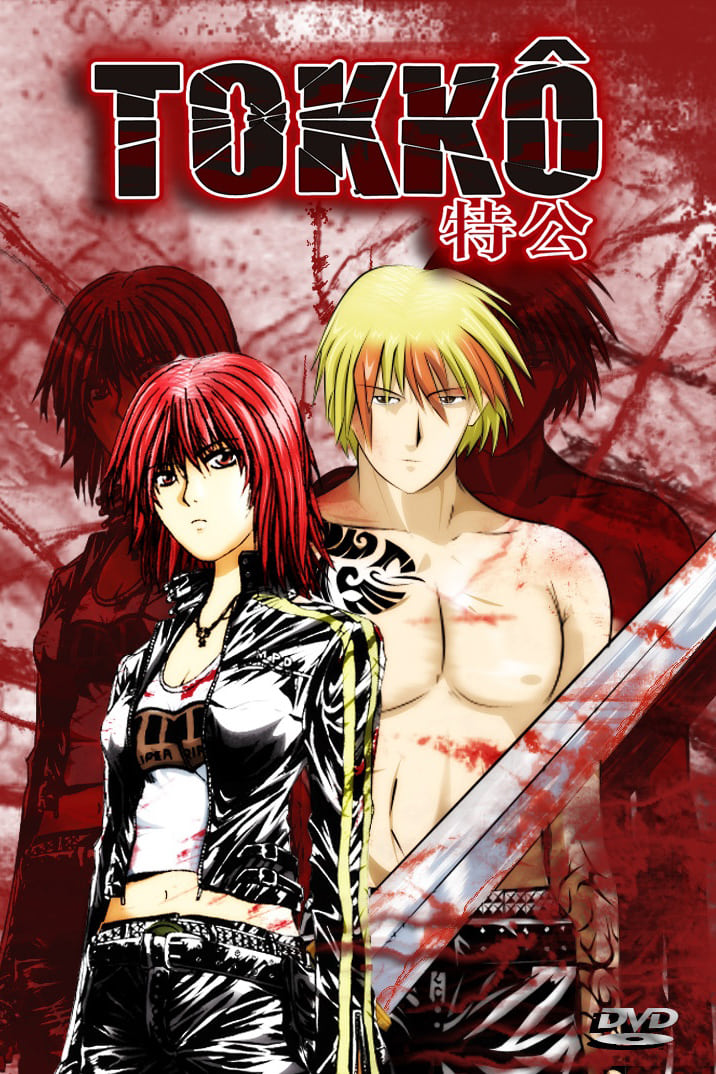 WOWOW Prime
WOWOW PrimeThis police-meets-occult show follows a new detective assigned to a special unit that fights demons unleashed by a mysterious artifact. The investigation leads through urban redevelopment zones and conspiracies tied to a historic incident.
Its structure leans on case progression, unit coordination, and weapon lore. Set pieces revolve around close-quarters combat and clues about the artifact’s origin, foregrounding procedural momentum over mood-driven unease.
‘The Lost Village’ (2016)
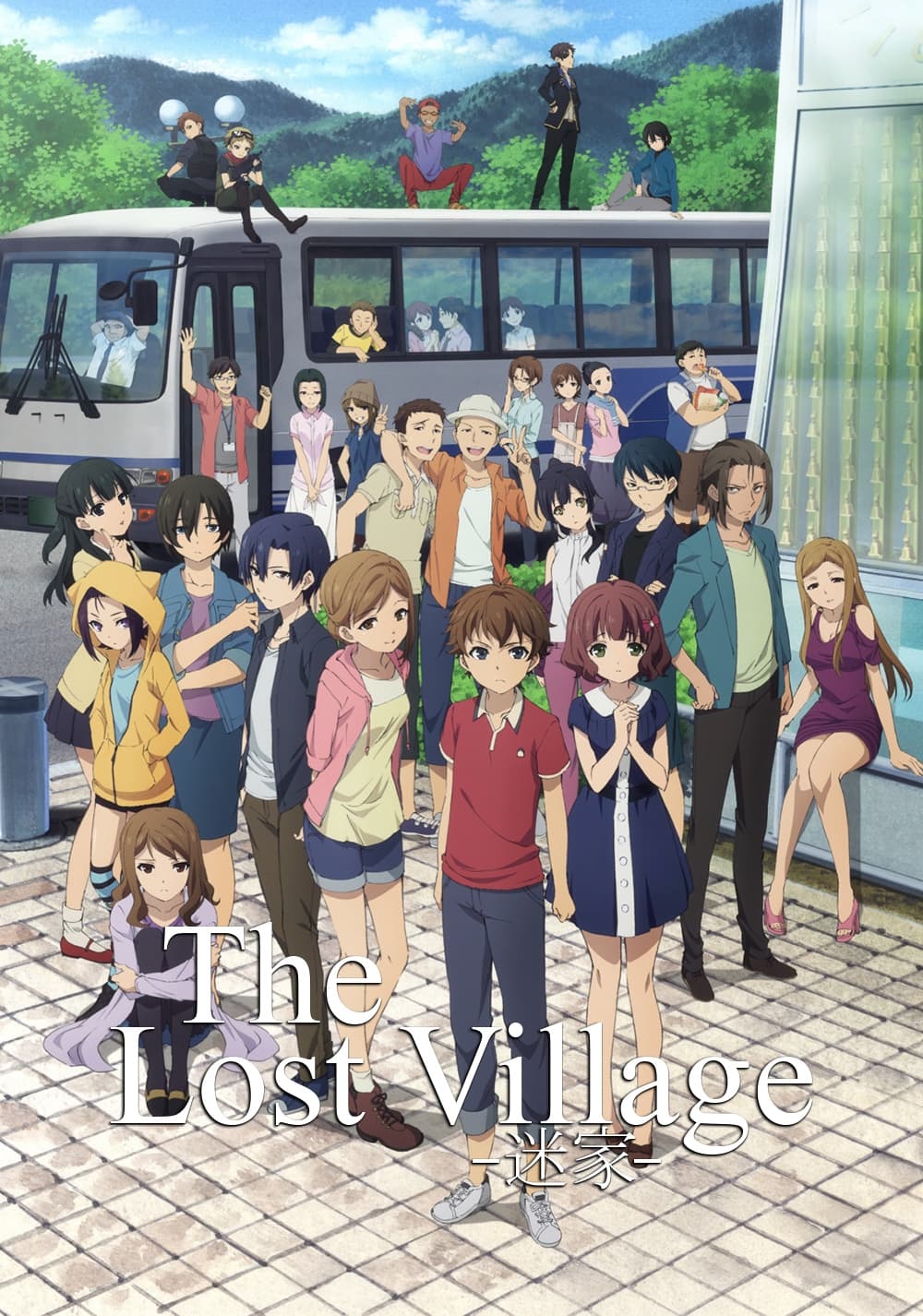 diomedéa
diomedéaA bus of strangers heads to a rumored utopian village to start over, only to find abandoned buildings and strange phenomena. The ensemble cast carries secret pasts revealed through group meetings, accusations, and psychological breaks.
The show organizes itself around town mapping, group negotiations, and character backstory drops. Much of the runtime surveys social dynamics and competing agendas, using the setting as a stage for paranoia and rumor rather than escalating terror techniques.
‘Blue Exorcist’ (2011–2012)
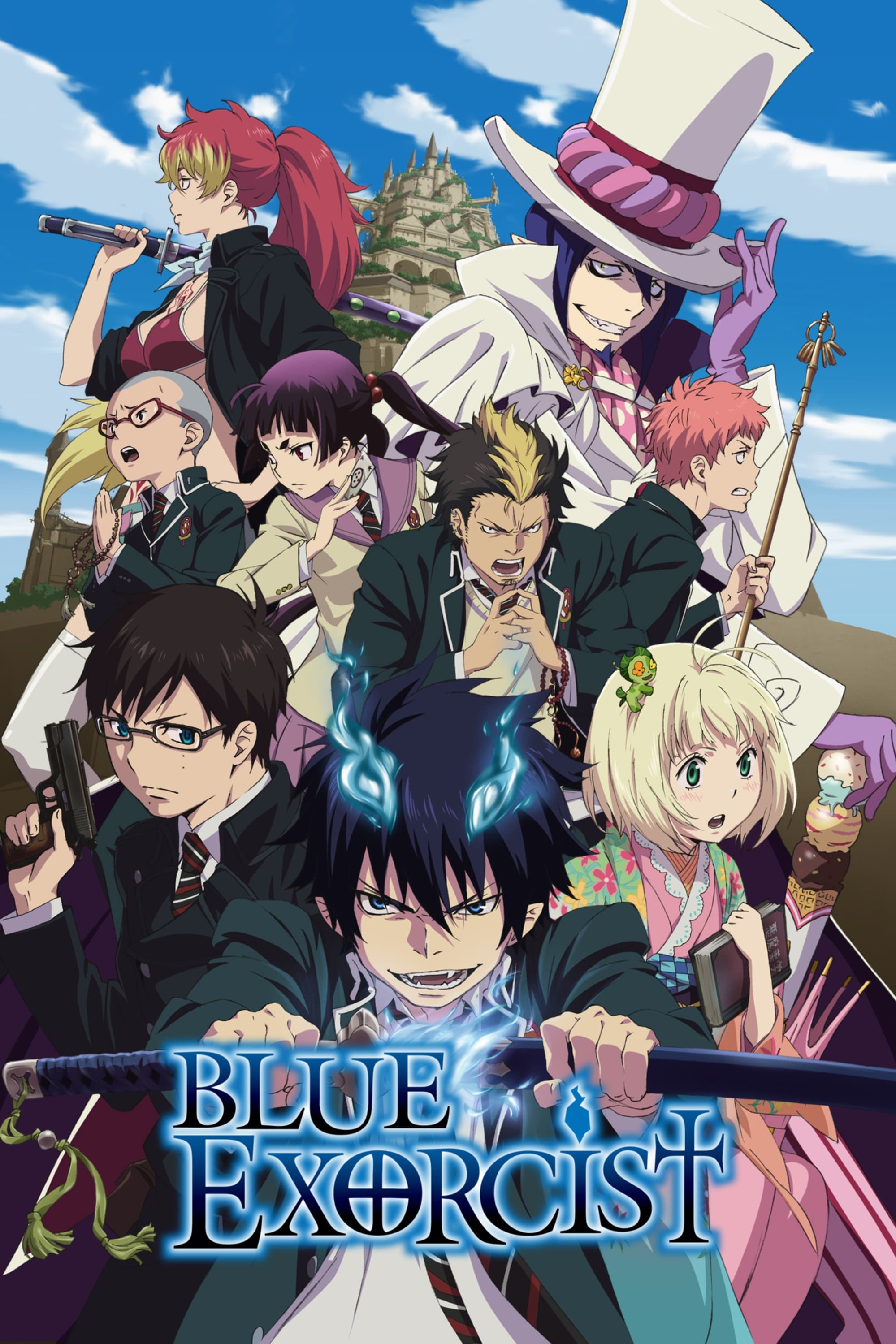 A-1 Pictures
A-1 PicturesA teenager discovers his demonic heritage and enrolls in an academy that trains exorcists. Coursework, weapon specialization, and mission assignments define the storytelling rhythm.
The academy format drives teamwork drills, certification exams, and field exercises against familiars and demons. Character growth, brotherly bonds, and faith themes take priority, aligning the series with coming-of-age adventure more than pure fright.
‘Soul Eater’ (2008–2009)
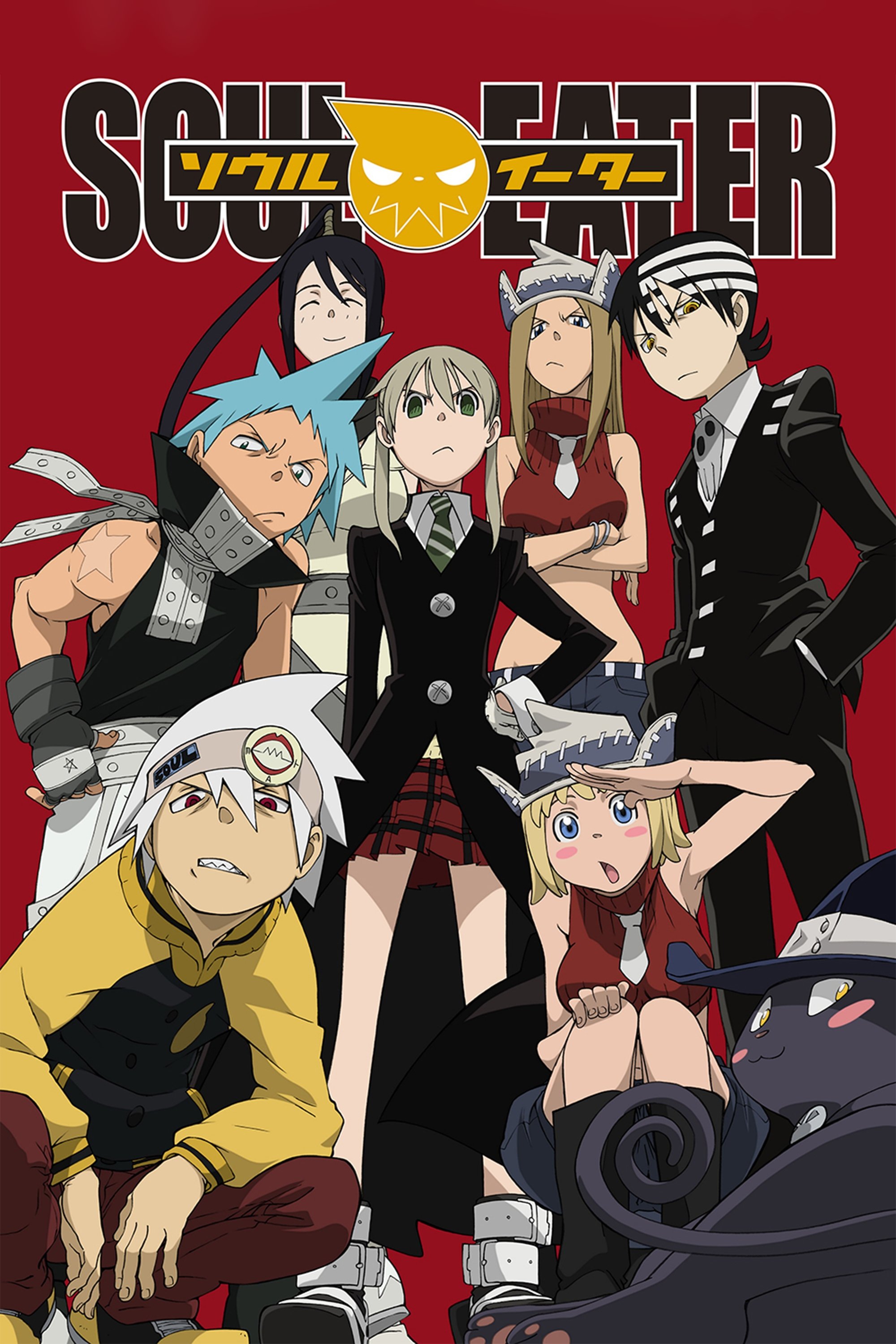 Square Enix
Square EnixStudents at a weapon-meisters academy hunt corrupted souls to prevent the return of a primordial threat. The visual style employs bold shapes, moon imagery, and Halloween iconography.
Training missions, partner synchronization, and tournament arcs set the pace. The emphasis lies in combat technique, school events, and villain organizations, presenting a stylized action tapestry that incorporates spooky aesthetics as a signature look.
‘Soul Eater Not!’ (2014)
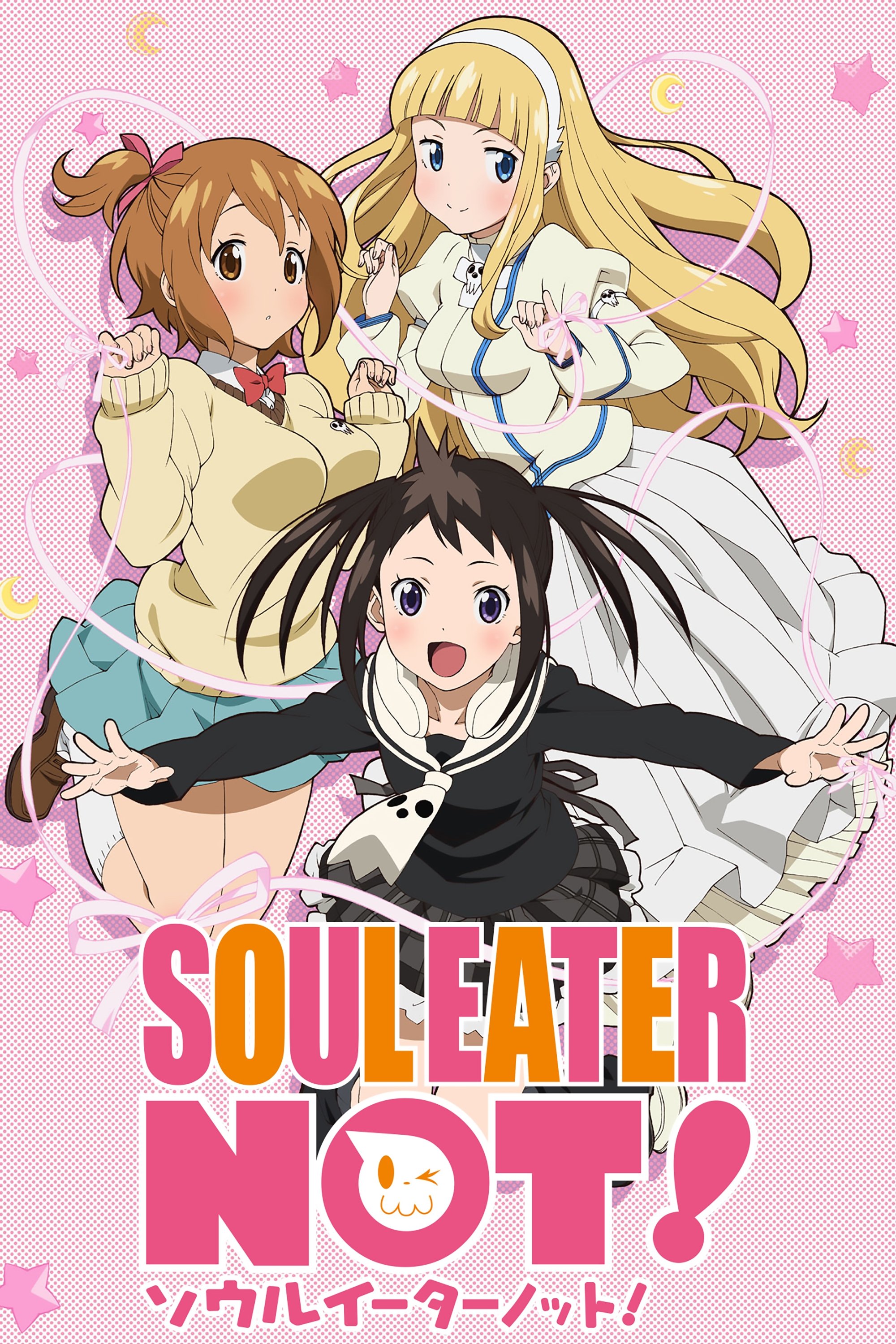 BONES
BONESThis spin-off shifts to a slice of life lens within the same academy, following three new students navigating dorms, classes, and part-time jobs. Cameos from the original cast appear as upperclassmen in campus spaces.
Daily routines, friendship development, and elective choices structure the episodes. The spotlight rests on school culture and light comedy, treating the supernatural framework as background flavor for club activities and campus life.
‘Vampire Knight’ (2008)
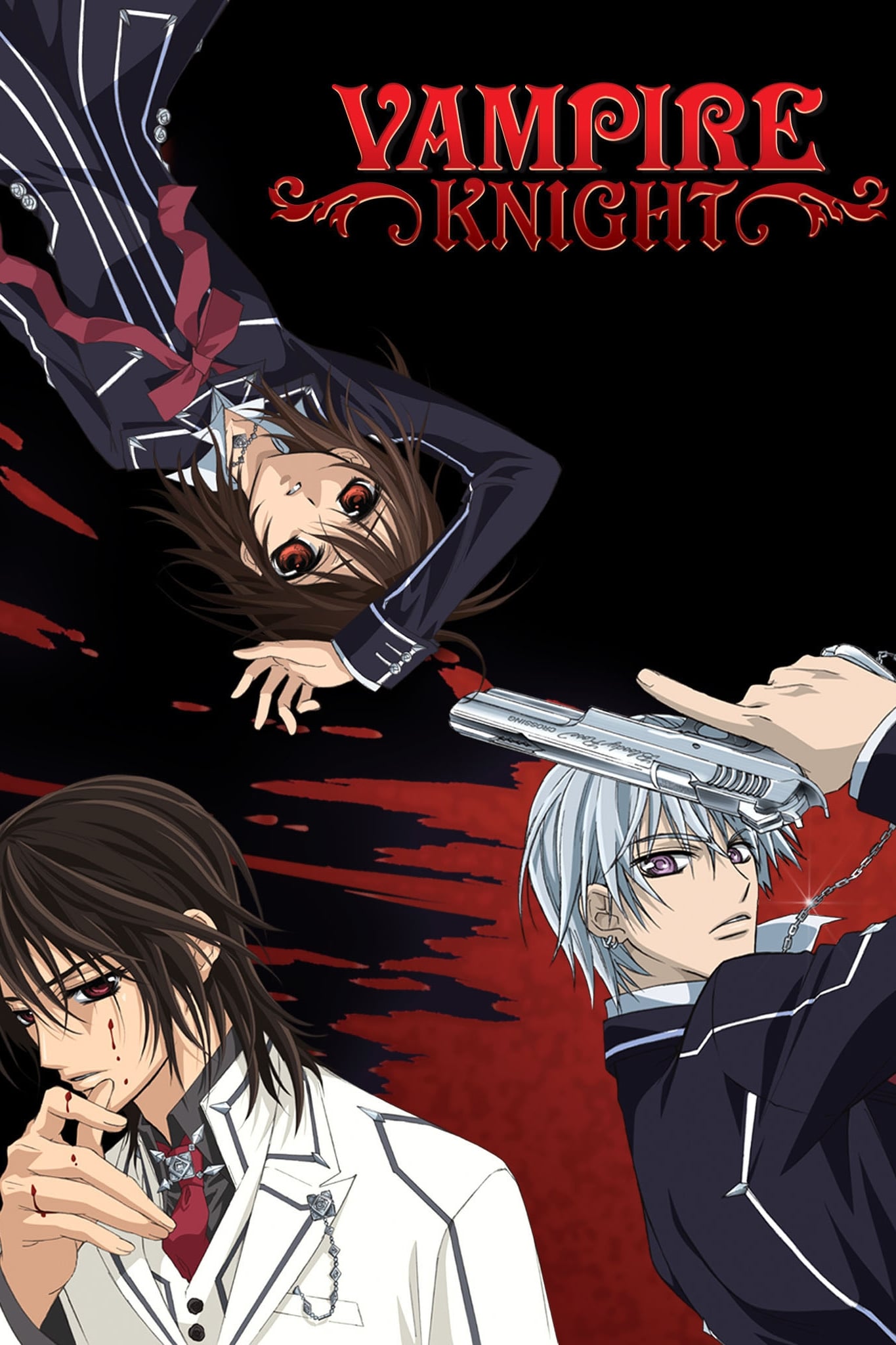 Studio Deen
Studio DeenAt an elite academy, a human guardian oversees a day class and a night class populated by vampires. Episodes chart school regulations, secret identities, and a central love triangle that spans family histories.
The series invests in student governance, disciplinary committee duties, and aristocratic vampire customs. Rules about blood tablets, class schedules, and interclass boundaries guide the plot, aligning the show with romantic drama set within a supernatural protocol.
Share your picks that fit this theme in the comments and tell everyone which titles you would add next.

.jpeg)
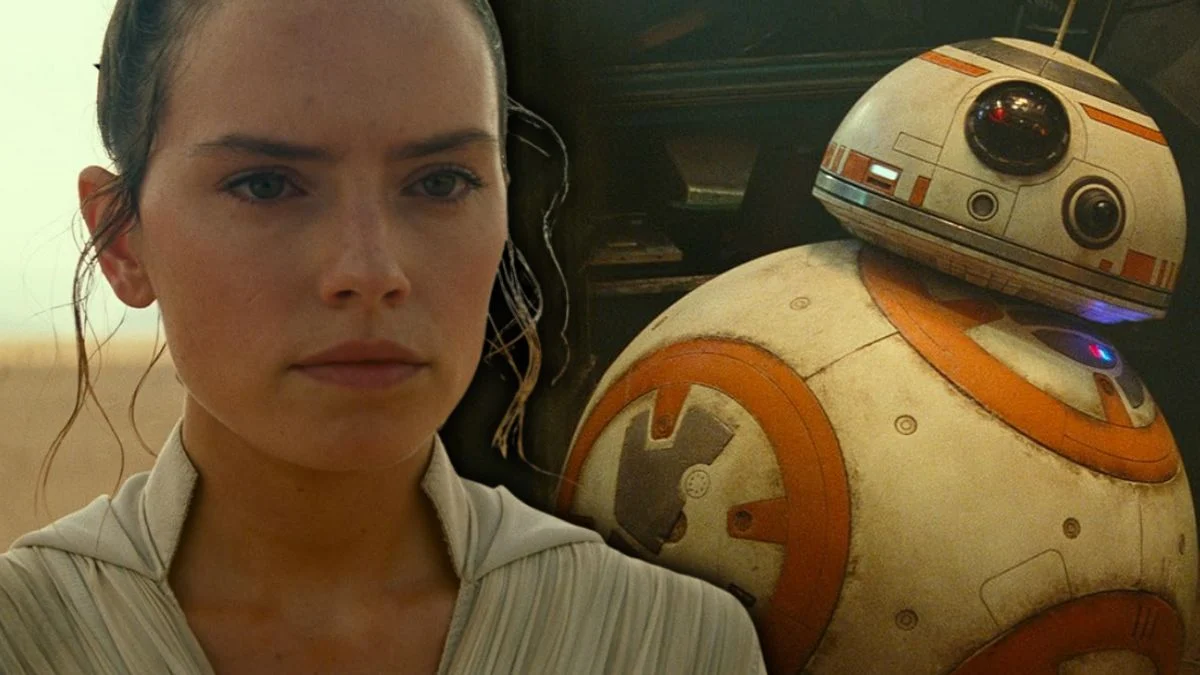
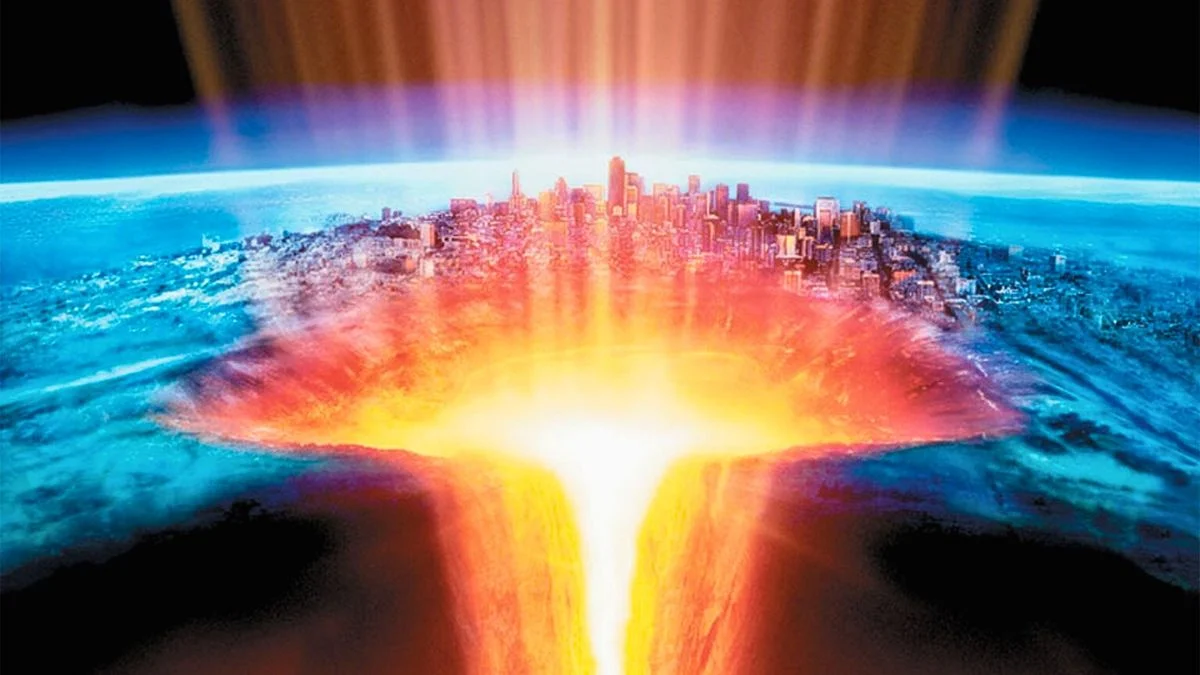

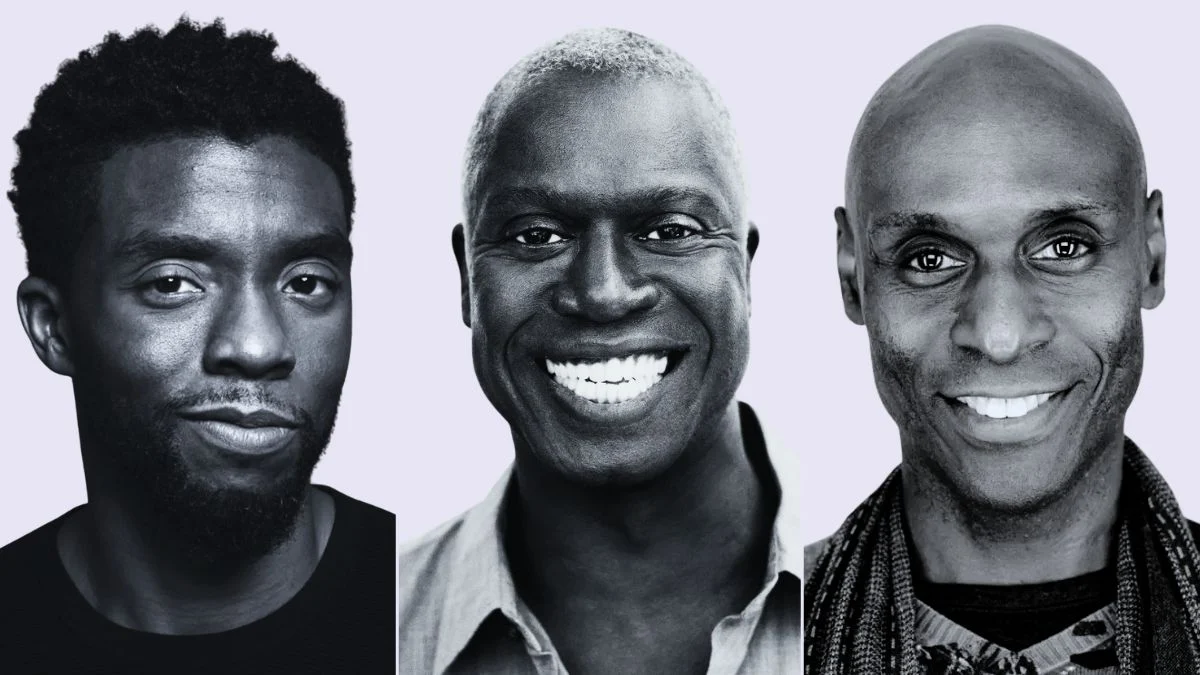




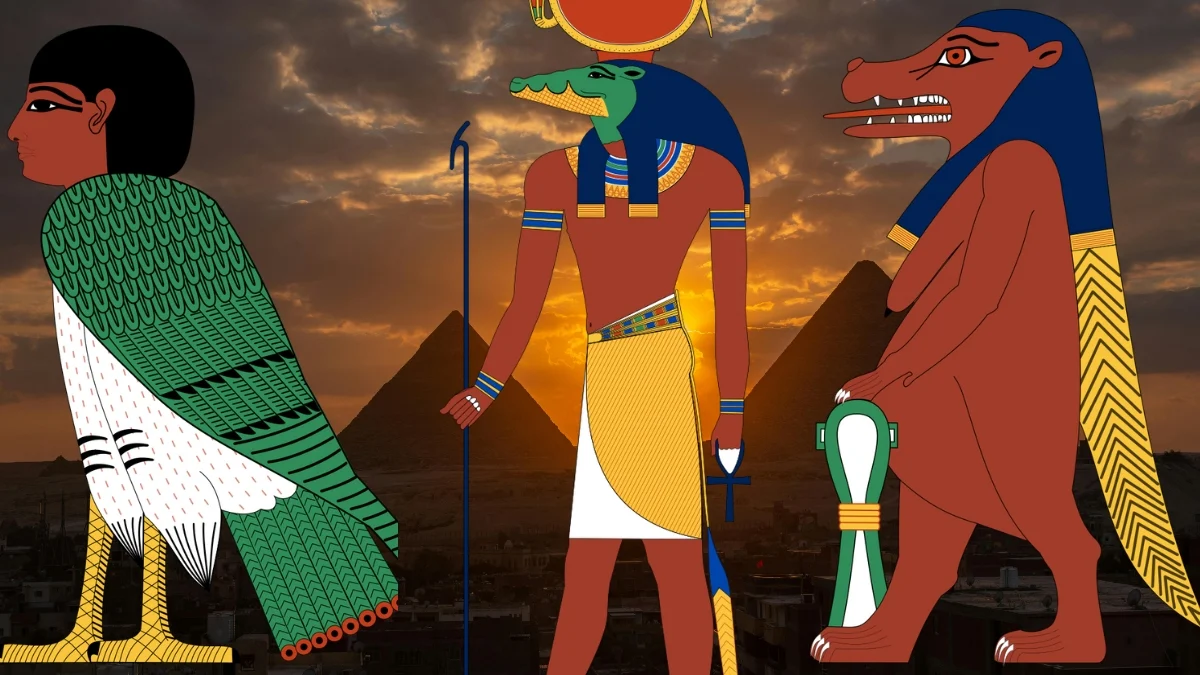
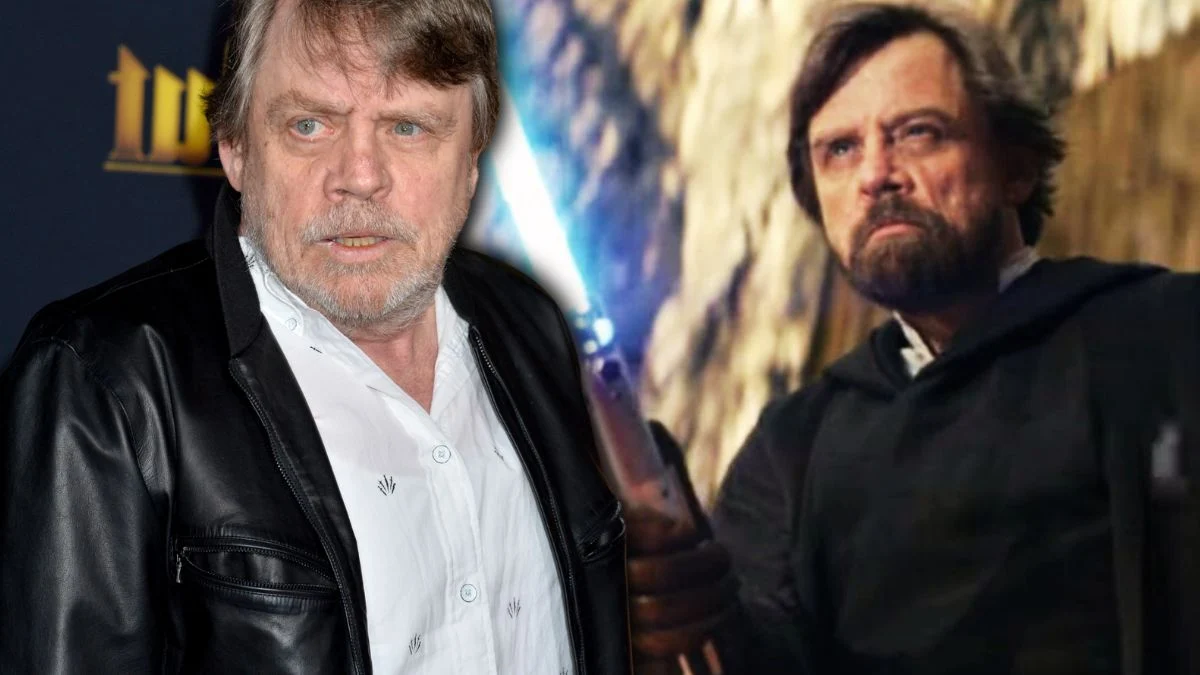

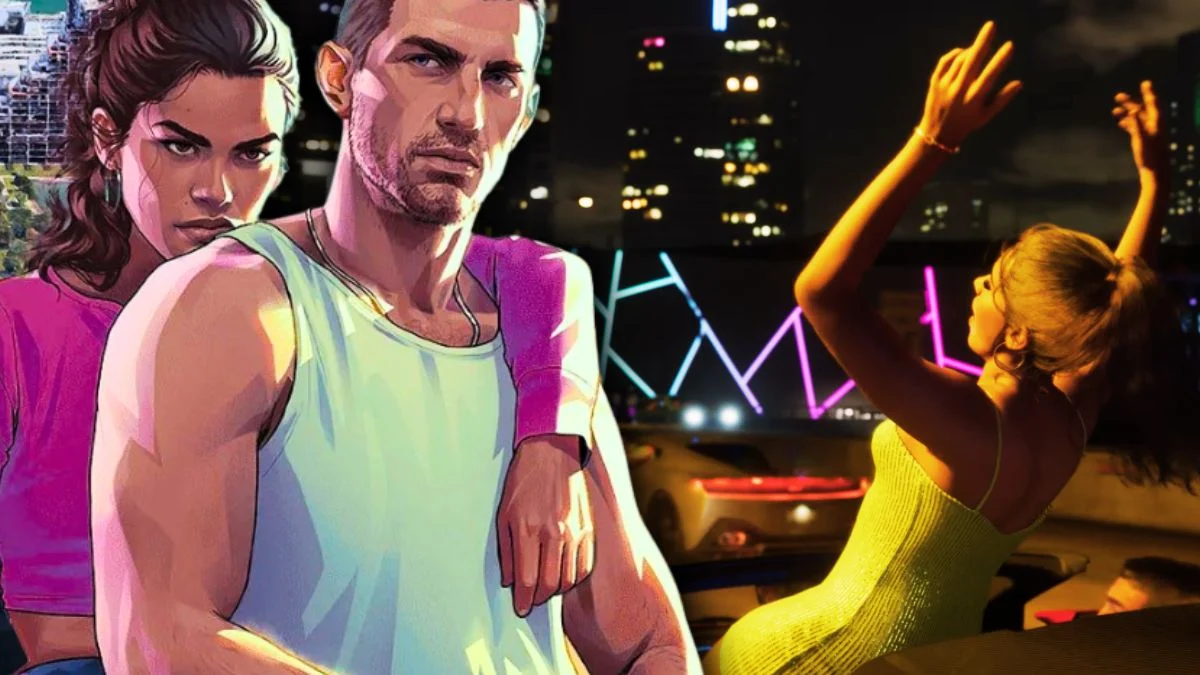




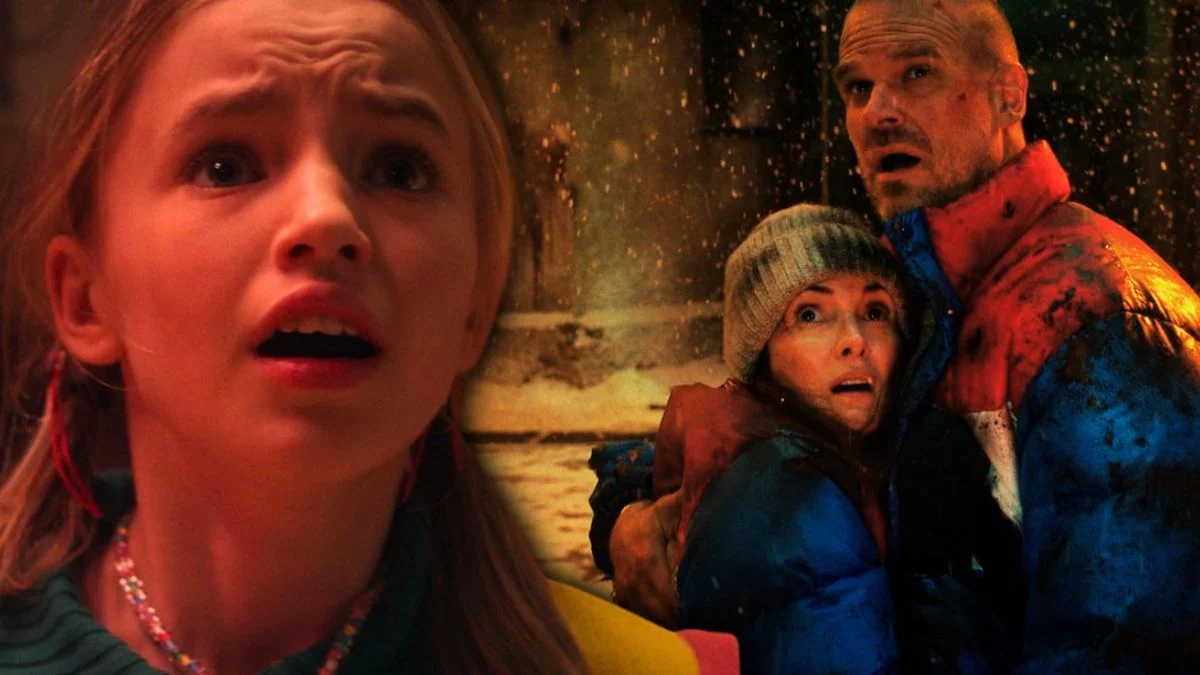
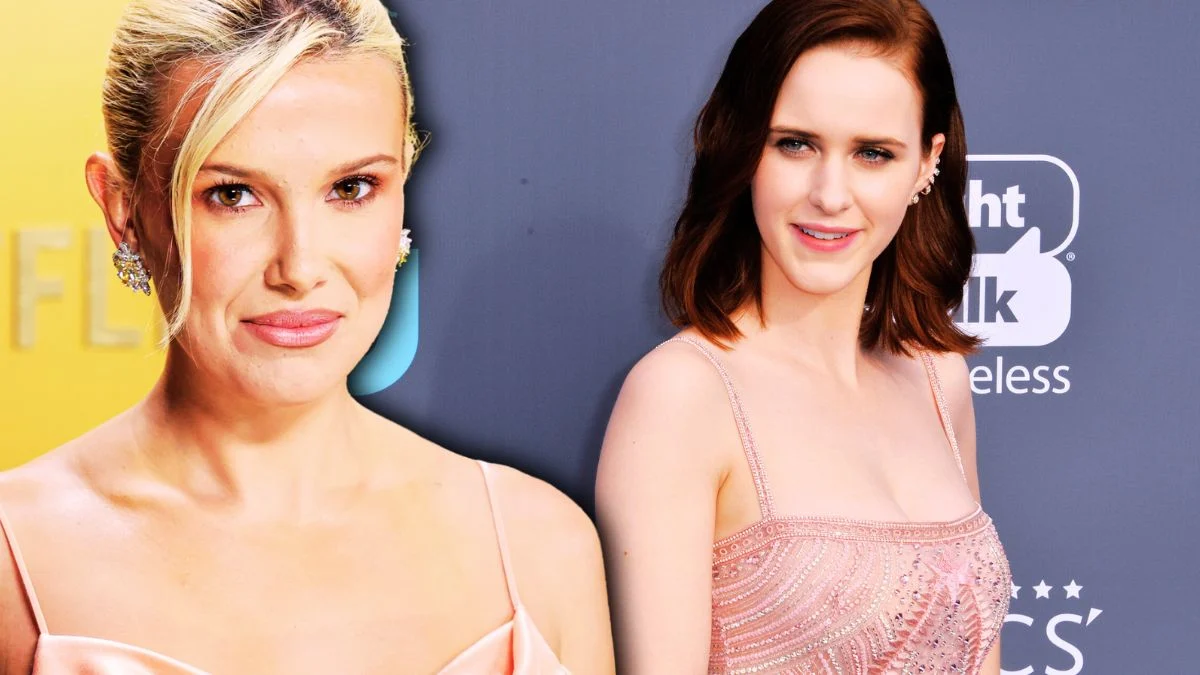
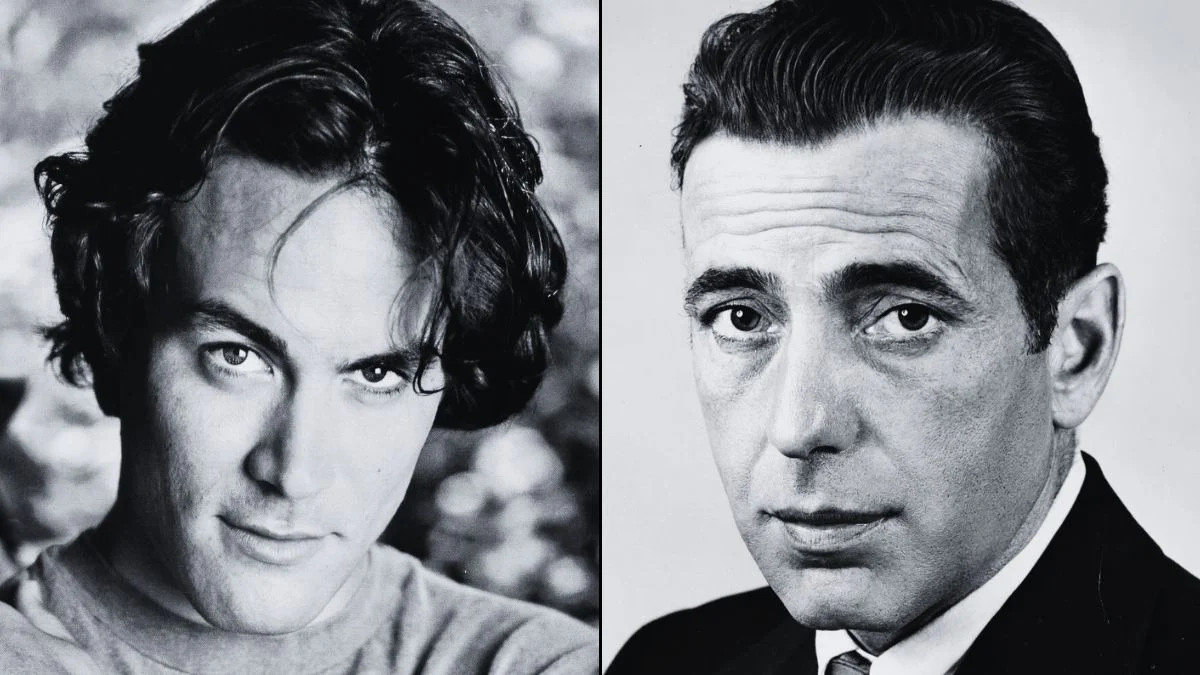




.jpeg)













 English (US) ·
English (US) ·